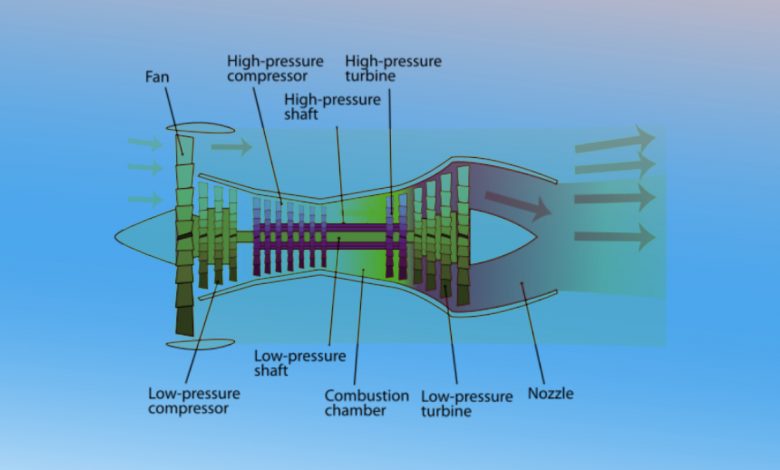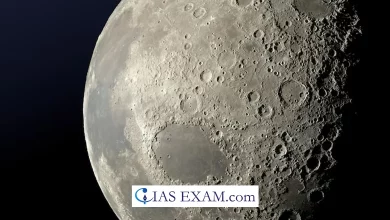Daily Current Affairs for UPSC
Air Breathing Engines

Topic- Space Technology [GS Paper-3]
Context- Recently, the Indian Space Research Organisation (ISRO) successfully conducted the hot test of Scramjet Engine, a type of Air Breathing Engine.
Key Highlights
- India is the fourth country in the world to demonstrate the flight testing of a Scramjet Engine.
Air Breathing Engines
- An air-breathing engine is an engine which takes in air from its surroundings in order to burn fuel.
- All practical air breathing engines are internal combustion engines which directly heat the air by burning fuel, with the resultant hot gases used for propulsion via a propulsive nozzle.
- A continuous stream of air flows through the air-breathing engine. Then the air is compressed, mixed with fuel, ignited and expelled as the exhaust gas.
- Thrust produced by a typical air-breathing engine is around eight times greater than its weight.
- The thrust results from the expulsion of the working gases from the exhaust nozzle.
Types of Breathing Engines
- Ramjet
- A ramjet is a form of air-breathing jet engine which uses the vehicle’s forward motion to compress incoming air for combustion without a rotating compressor.
- Ramjets work most effectively at supersonic speeds but they are not efficient at hypersonic speeds.
- Scramjet
- A scramjet engine is an improvement over the ramjet engine as it efficiently operates at hypersonic speeds and also allows supersonic combustion.
- Dual Mode Ramjet (DMRJ)
- A dual mode ramjet (DMRJ) is a type of jet engine where a ramjet transforms into a scramjet over Mach 4-8 range, which means it can efficiently operate in subsonic as well as in supersonic combustion modes.
Significance
- The Air Breathing Engine provides a technological key for low-cost space transportation systems.
- The technology is a significant step towards developing reusable launch vehicles.
- Generally, of the total launch vehicle mass, 86% is propellant mass in the launch vehicle. Out of that propellant, 70% is oxidiser.
- These engines are able to reduce nearly 70% of the propellant carried in the vehicles as these systems use atmospheric oxygen, which is available up to a height of 50km from the earth’s surface.





.png)



